
10 of the Deadliest Plants in the World
Published in Entertainment at April 19th, 2017 at 7:04 AM
Plants can be beautful to look at and great to have around the home to brighten the house up, but not all of them are a good idea to have sitting right next to you. Here are 10 Of The deadliest plants in the world.
Atropa Belladonna

Without a doubt, One of the most (If not THE most) poisonous plant known to man, the Astropa belladonna also known as deadly nightshade an extremely poisonous plant that native to Eastern hemisphere. The Astropa Belladonna contains several different chemicals that have power to block functions of nervous systems of the body.

So means the plant is commonly used as anticholinergic agent, used to treat diseases like asthma, muscular spasms and excessive sweating. At same time both berries of leaves of this plant contain highly poisonous tropane alkaloid toxin. This plant is so toxic that it only takes as little as two or more berries of leaves from this plant to cause the death of human adult.

The scariest thing about this plant however is it’s appearance as there is a large possibilities of children thinking that the belladonna berries are actually just blueberries. The poisoning of belladonna makes various signs such as blurred vision, loss of balance, headache, hallucinations and urinary retention.
Castor Bean Plant
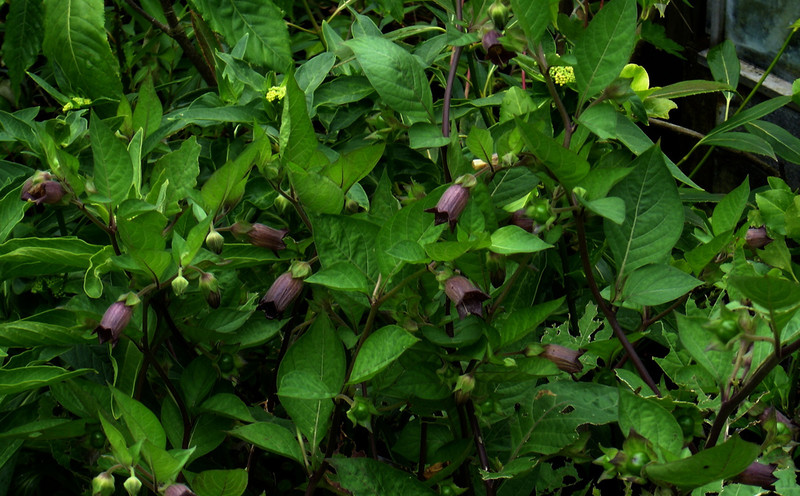
A lot of you out there might recognise the name of this plant. As shown on the show Breaking Bad, This plant is extremely deadly. Now you might be thinking that the show over exaggerated the effects of this plant and the beans that grow off of it but no. What you see on the show is pretty damn accurate.
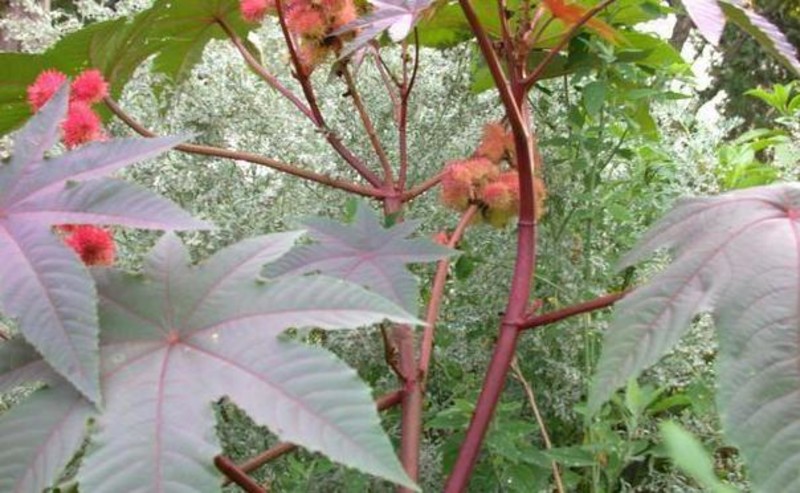
Widely grown as an ornamental, the castor bean is an attractive plant native to Africa. While the processed seeds are the source of castor oil, they naturally contain the poison ricin and are deadly in small amounts.

It is so dangerous that it only takes as little as one or two seeds to kill a child and up to eight seeds in total to kill an adult. Ricin works by inhibiting the synthesis of proteins within cells and can cause severe vomiting, diarrhea, seizures, and even death.
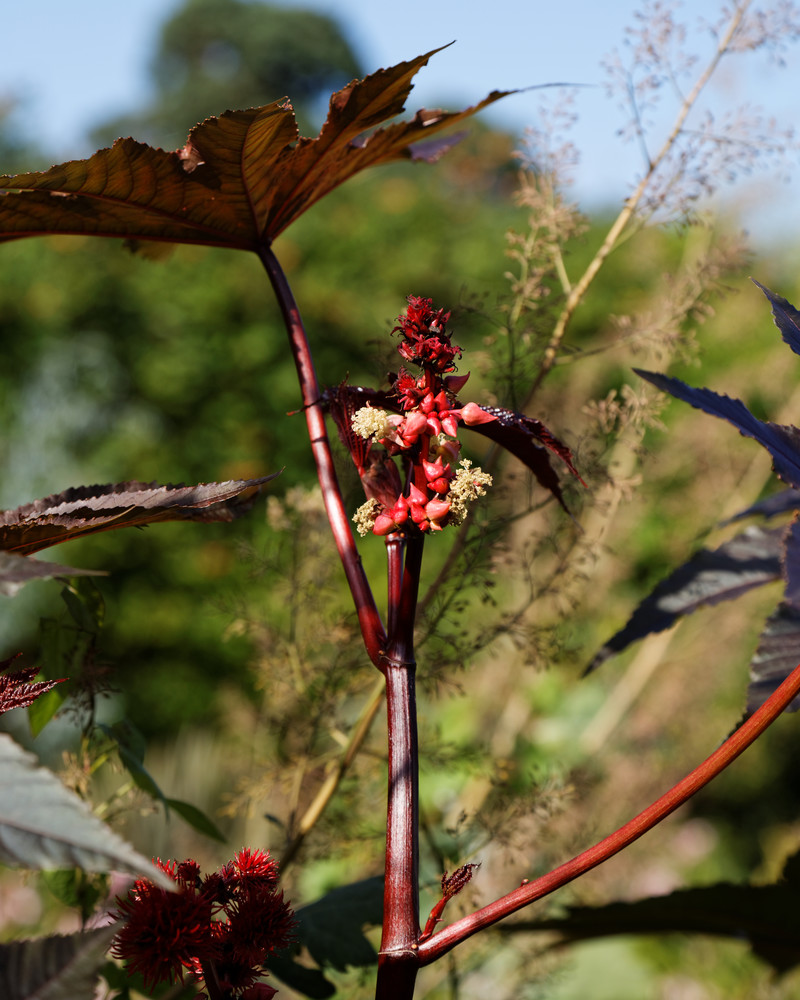
The poison was used in 1978 to assassinate Georgi Markov, a journalist who spoke out against the Bulgarian government, and has been mailed to several U.S. politicians in failed terrorism attempts.
Rosary Pea
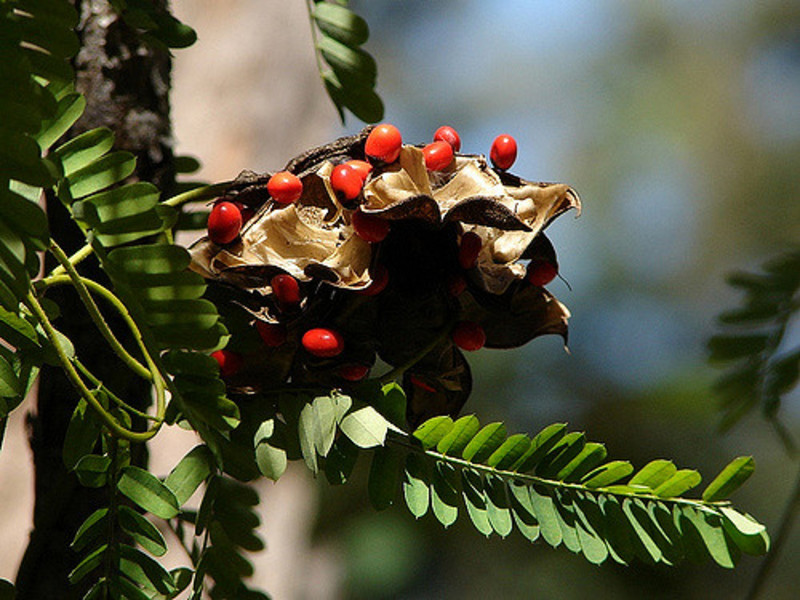
Rosary Pea (Also known as jequirity beans), Are piously-named seeds that contain abrin, an extremely deadly ribosome-inhibiting protein. Rosary peas are native to tropical areas and are often used in jewelry and even used in prayer rosaries. While the seeds off of this plant are not poisonous if you simply touch them, The can be extremely lethal if these seeds are scratched, broken, or even chewed.

It only takes 3 micrograms of abrin to kill an adult, less than the amount of poison in one seed, and it is said that numerous jewelry makers have been made ill or died after accidentally pricking their fingers while working with the seeds. Like ricin, abrin prevents protein synthesis within cells and can cause organ failure within four days. Slow acting but still incredibly lethal!
Oleander

You can’t have a list of poisonous plants without mentioning the Oleander as this shrub is considered by many to be one of the most dangerous on the list. Now when you consider how lethal this plant is, it’s kind of bizarre on account of how widely it's used as a decorative shrub.
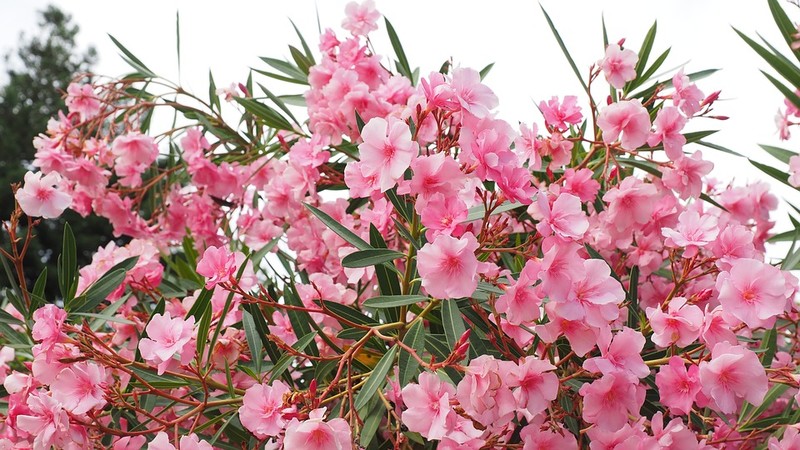
This bush pops up in parks, schools, and back yards all over the country, especially in the southern and western regions of the US. Now sure, you could argue that this plant might be nice to look at, However it is definitely something that should be allowed schools…..

Especially infant schools as you never know whose going to start sticking leaves off of this plant in their mouth. Its leaves, flowers, and fruit all contain chemicals known as as cardiac glycosides, which, while therapeutic in precise doses, can put you into cardiac arrest if ingested unsystematically.
Angel’s Trumpets

Also known as the Botanists will tell you that members of the genus Brugmansia get their nickname, "Angel's Trumpet," from their large, hanging, trumpet-shaped flowers, which can measure up to 50cm long and 35cm wide at their openings.
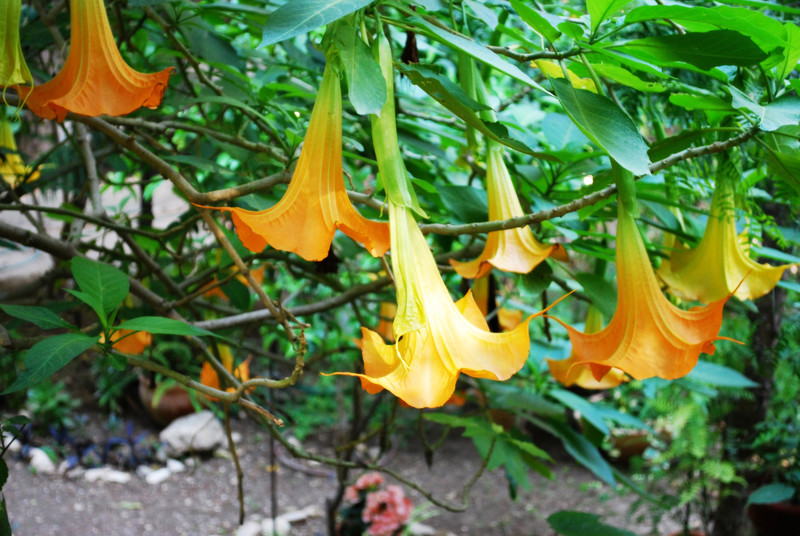
Angel's trumpets are woody-stemmed bushes with pendulous flowers that hang like bells. They are prized as decorative additions to the garden because of their elegant flowers.
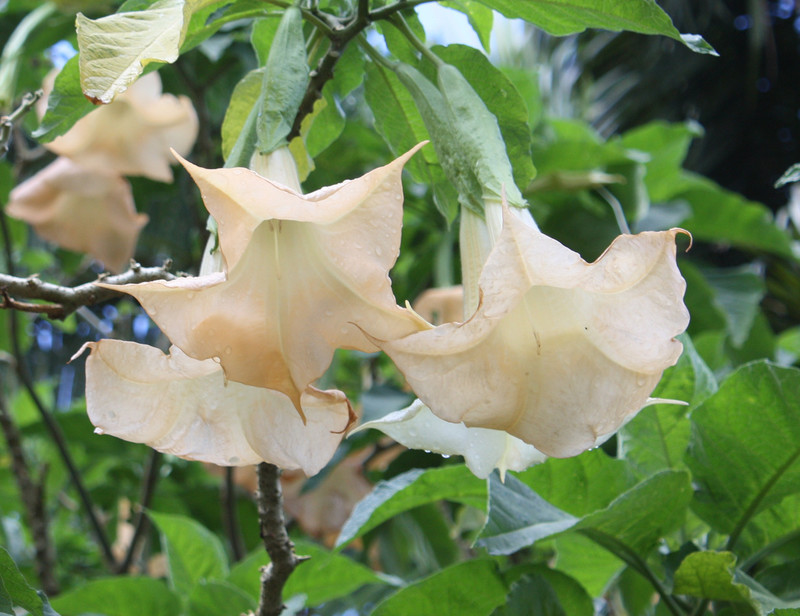
But besides the cute little name the plant was given or the fact that this is one of the nicest plants you could possibly have in your garden, Ingestion of the plant is extremely fatal. This plant contains dangerous levels of the chemicals scopolamine and atropine. If ingested, it often has extremely fatal results.
Cicuta

Also known as water hemlock, The Cicuta plant is one of the most toxic plants that grows in North America. Cicuta plant reaches up to a height of 2 to 2.5 meters and have small umbrella shaped green or white coloured flowers.
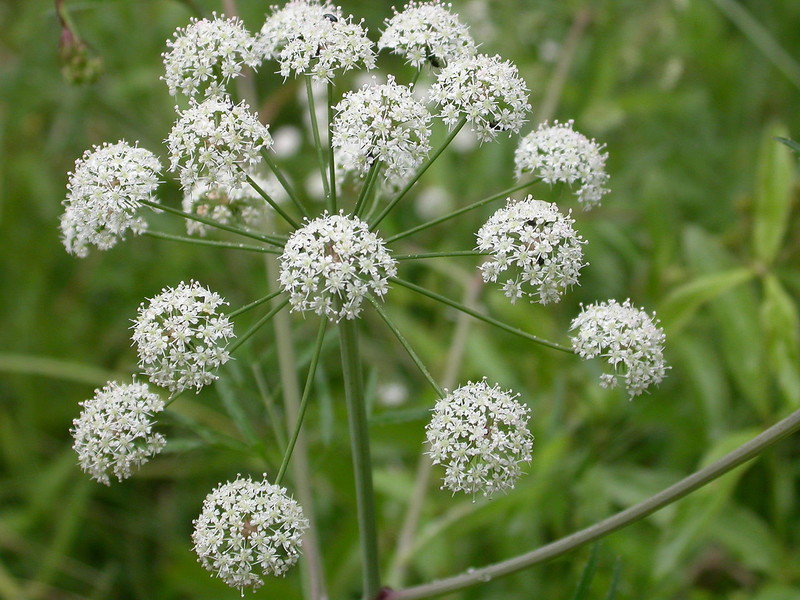
The plant also have thick main stem and it contains extreme toxic liquid. It is extremely dangerous for us humans as it will affect our central nervous system almost instantly. The Poison hemlock and the other member of same Apiacea family are sometimes confused with water hemlock.
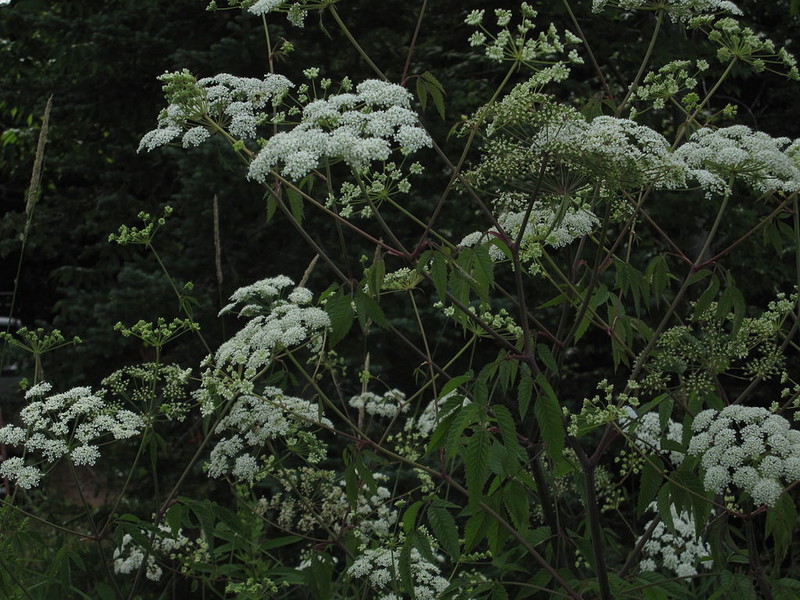
Both are poisonous but in different way. The roots and seeds of these plants are also toxic, mainly affect cattle and other animals on grazing.
Aconite

This flowering plant grows within hilly parts of Northern Hemisphere. Also known by it’s other names such as monkshood, wolf’s bane and Leopard bane, Most parts of The Aconite Plant contains poisonous alkaloid.
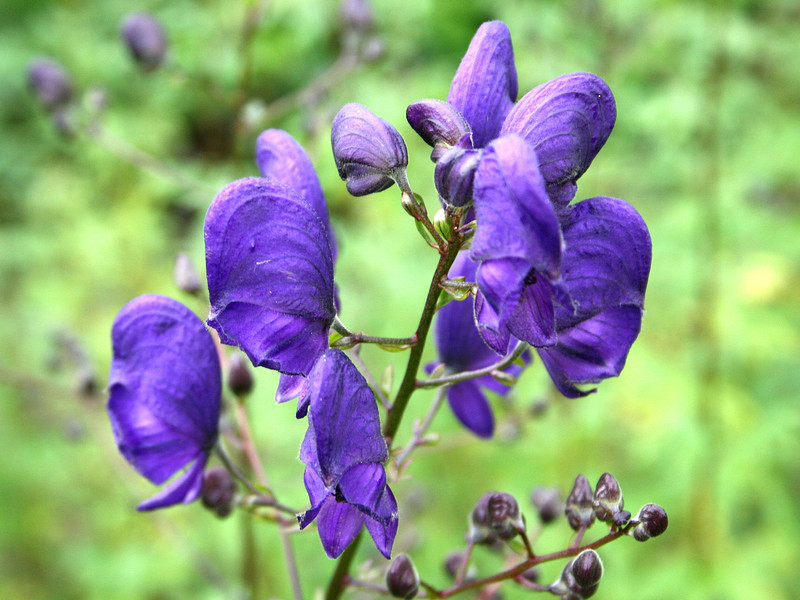
The roots and rot tubers are extreme toxic in nature. Ancient Greeks used it’s toxin for killing leopards and wolves and it called as wolf’s bane. Aconite plant stands up to height of 6 feet. The large blue, purple and white mixed flowers are so attractive. The flowers of aconite makes resemblance with monastic heads.
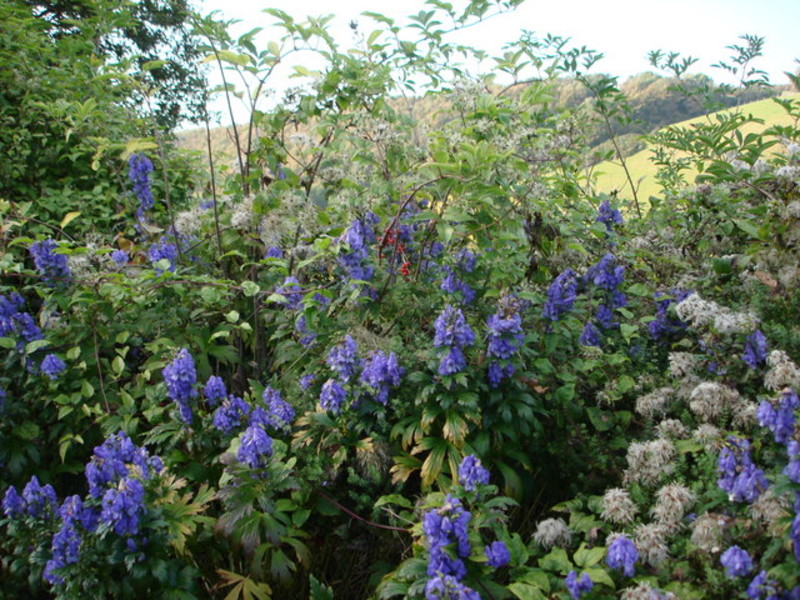
The accidental consumption of aconite result in burning, vomiting and diarrhoea. It also make variations in blood pressure, heart irregularities and could even result in the victim going into a coma.
Cerbera Odollam

Cerbera odollam, better known as the strychnine tree, ‘pong-pong’ and The Suicide Tree, to inhabitants of South East Asia, is a medium sized tree that grows green and orange mango-looking fruit. But despite their delicious appearance, the seeds within the fruit are extremely toxic as the fruit off of this tree contain the poisonous alkaloids strychnine and brucine.
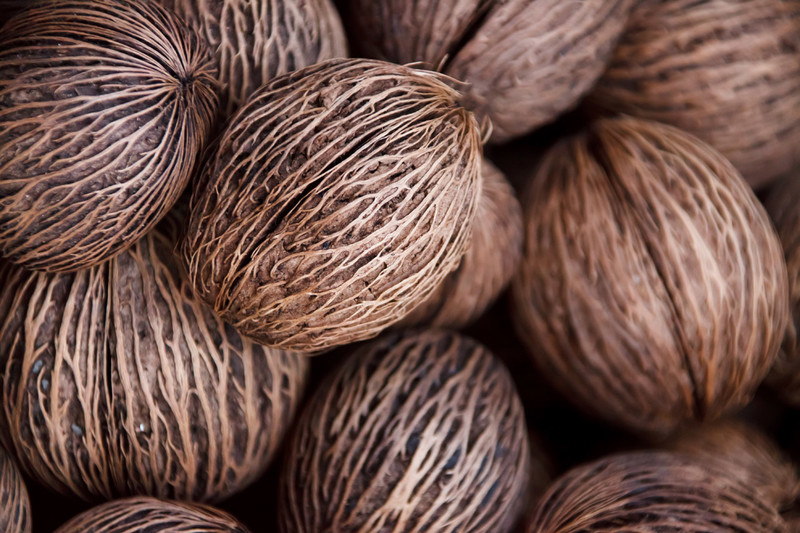
Just 30 milligrams of these potent toxins is enough to kill a healthy adult. The side effects of these poisons involves violent convulsions brought on by simultaneous stimulation of sensory ganglia in the spine. The plant was also ominously nicknamed ‘the suicide tree’ after it was found to be responsible for over 530 poisonings in the Kerala state of India.
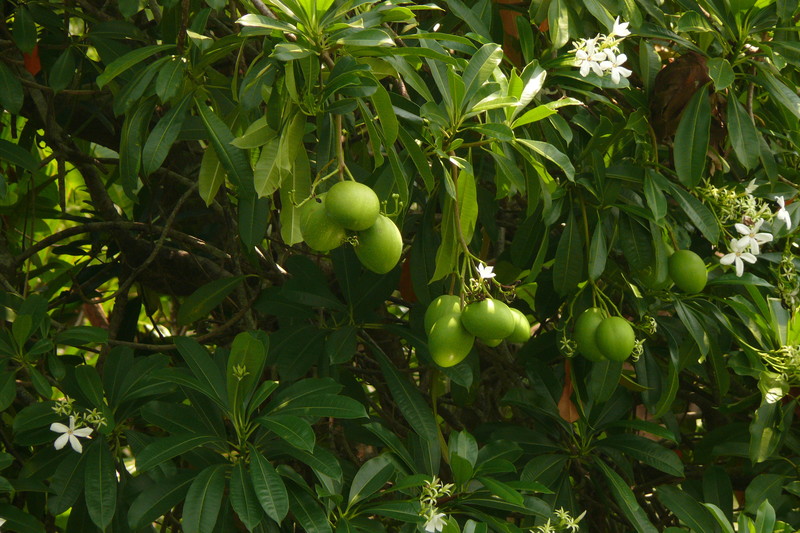
Sadly, many of those poison cases were suicides, most likely because cerbera odollam is widely available in that area and its lethality is well documented. In these cases the individuals remove the kernel from the fibrous seed husk and mash it with cane sugar to make a sweet, albeit deadly, final meal.
Jimsonweed

Now, now, There’s no need to call out Jim on his Weed addiction! All jokes aside however, Jimsonweed (also known as devil’s weed, hell’s bell and devil’s trumpet), grows across United States, Canada and has even grown on some of Caribbean Islands. The plant have power to alter mind condition, act as a powerful hallucinogen.
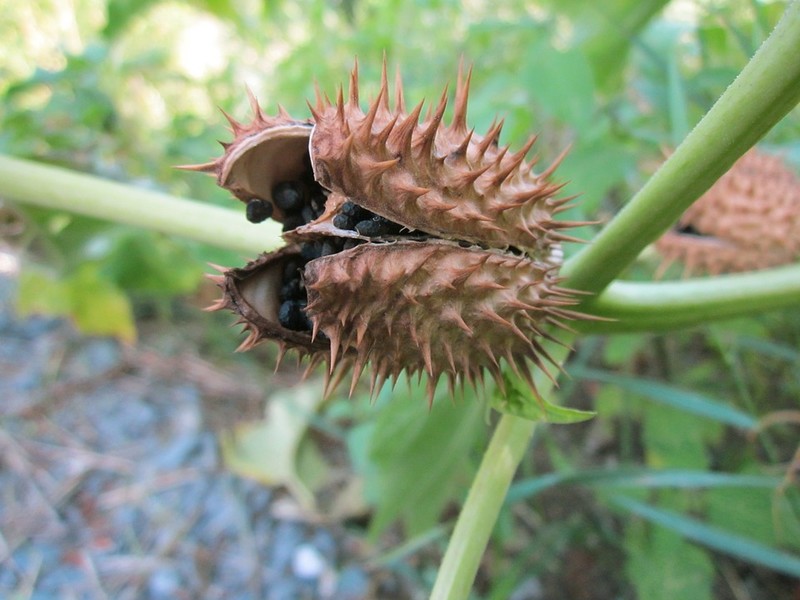
But elements of poison can be found within most of all part of Jimsonweed, mostly concentrated in leaves and seeds. Jimsonweed plant grows up to height of 3 to 5 feet and it’s roots grows long. The leaves of this plants also have length between 5 to 8 inches.
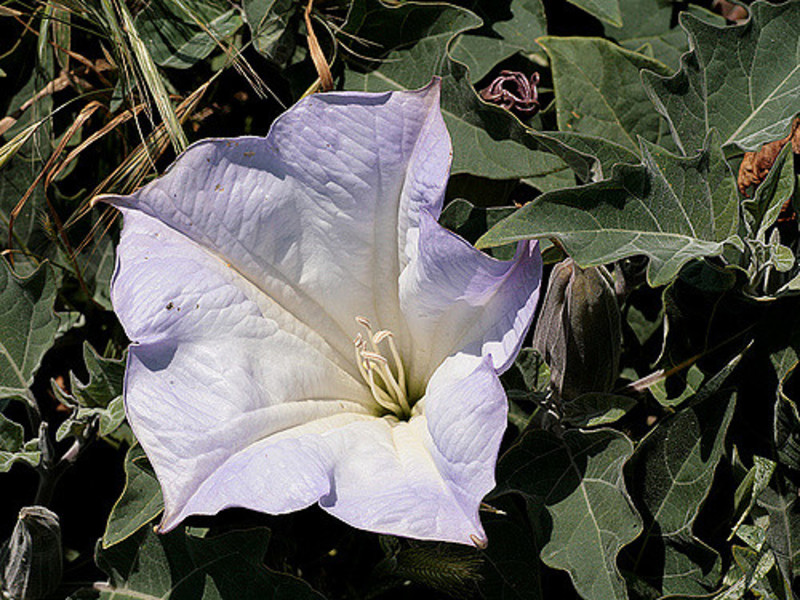
Cream or violet coloured fragrant flowers also blooms throughout the summer season. The toxicity in jimsonweed depends as it varies by plant’s age, climate and place it belong to. The careless usage, especially by sucking juice of eating roots, leaves of Jimsonweed will affect your nervous system, eyes, ears, throat and mouth, overdose also result in death.
Rhododendron

Rhododendron is a deadly plant native to Asian countries. This plant is an attractive spring blooming plant that blooms flowers in late spring, colour of flowers varies as pink, violet, red, yellow and white. But most of all part of rhododendron plant contains toxin.
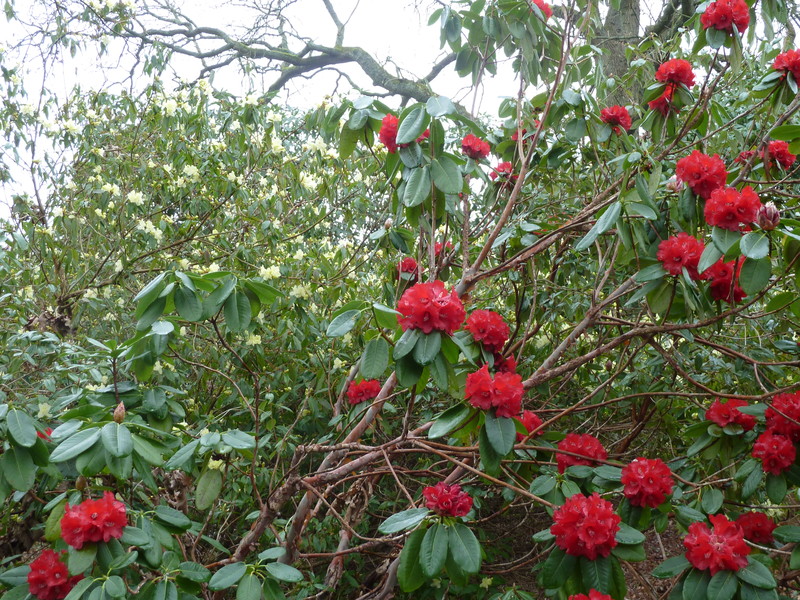
Andromedotoxin, grayanotoxin and rhodotoxin are main toxic elements found within rhododendron plant. But high concentration of toxin found within leaves of rhododendron. The farm animals are more likely to consume leaves and other parts of rhododendron.
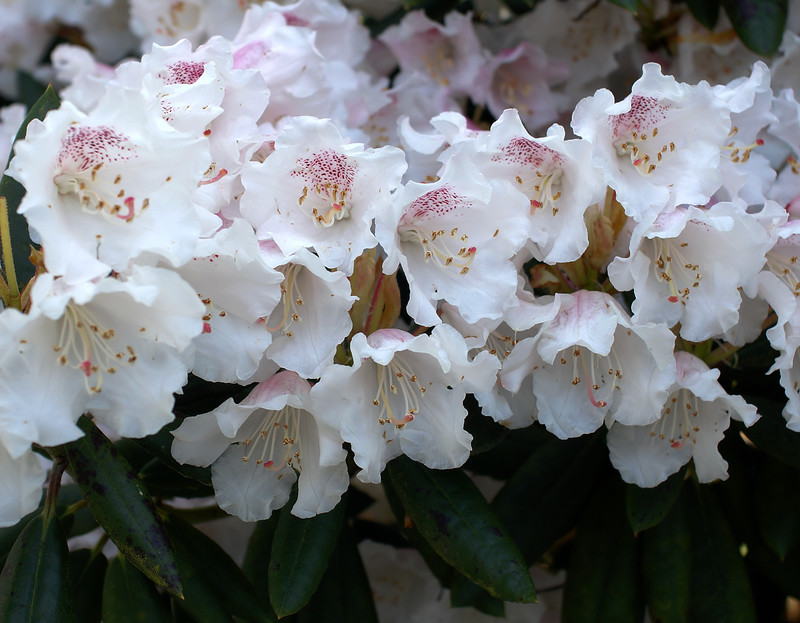
Side effects of this plant include Vomiting, slow heart rate and falling from exhaustion are the different symptoms found within animals after consuming parts of rhododendron. The accidental consumption of this plants also makes weakness, difficulty in breathing, loss of balance and salivation in humans.




